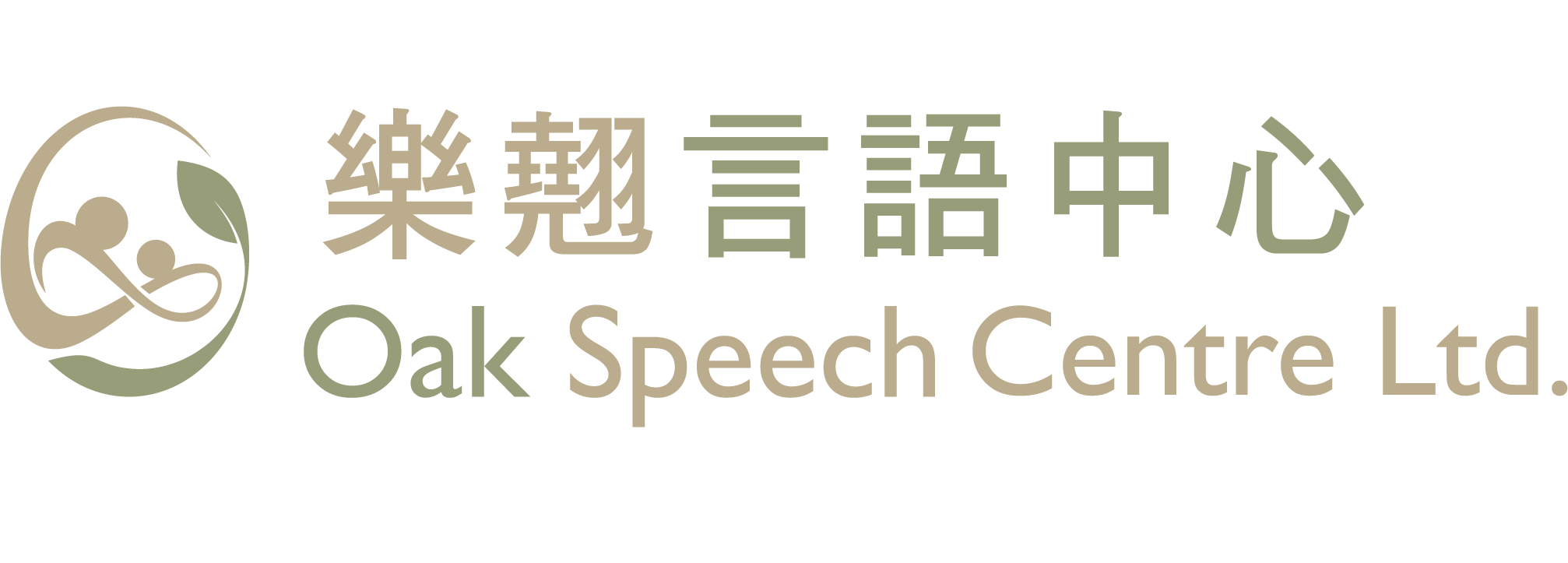

ASSESSMENT AND THERAPY
Swallowing Therapy
According to the age, abilities, habits and needs of clients, speech therapists use different assessment tools and methods to assess individual’s eating methods, postures, oral motor abilities, swallowing abilities and so on. Individualized treatment plans will be developed according to the assessment results. During therapy, continuous assessment will be performed, and therapy goals will be modified accordingly.


